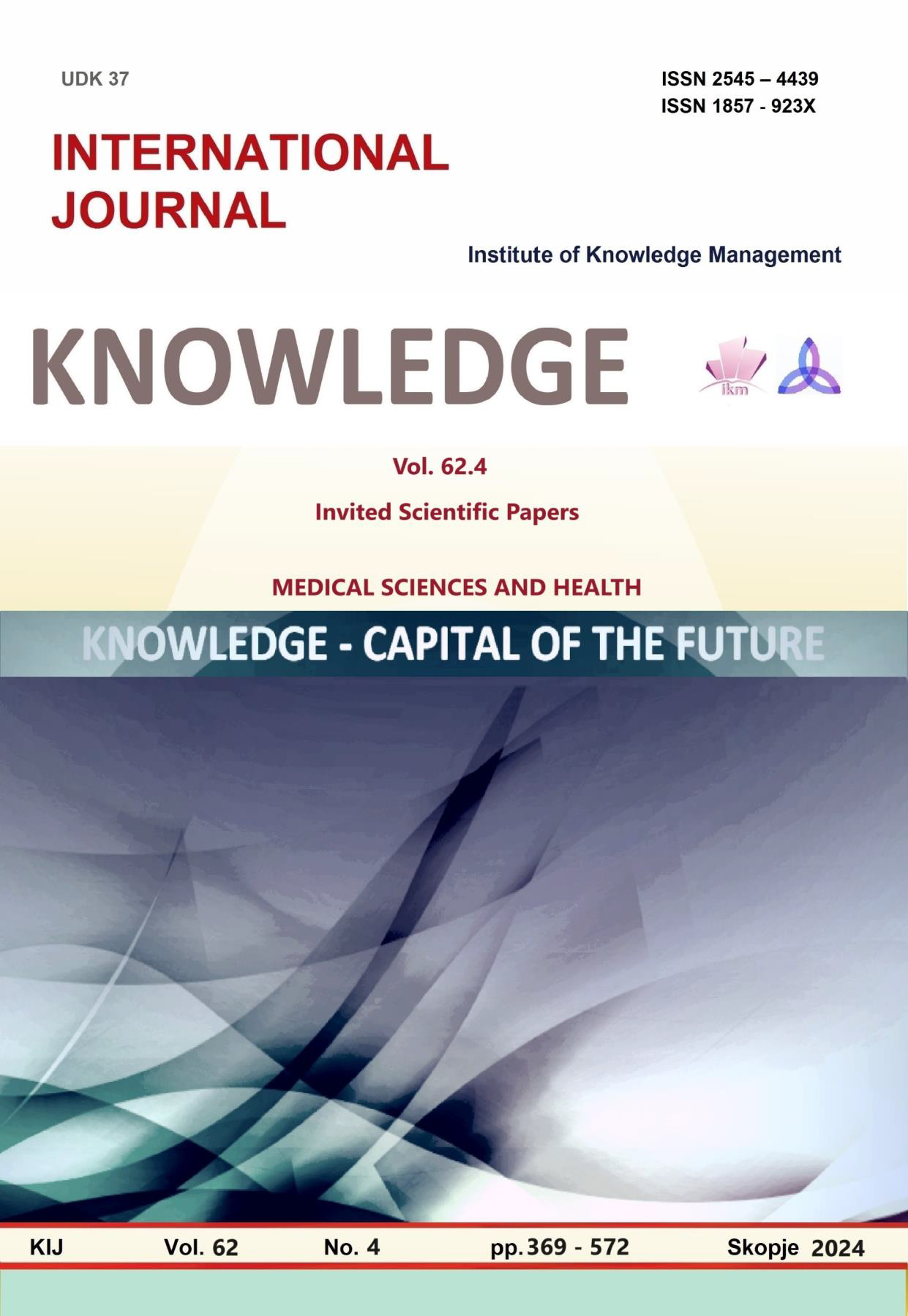EFFECTS OF MULTIMODAL REHABILITATION PROGRAM INCLUDING THE USE OF DEEP OSCILLATION® THERAPY IN A PATIENT WITH COMBINED PATHOLOGY OF THE ELBOW JOINT
EFFECTS OF MULTIMODAL REHABILITATION PROGRAM INCLUDING THE USE OF DEEP OSCILLATION® THERAPY IN A PATIENT WITH COMBINED PATHOLOGY OF THE ELBOW JOINT
Author(s): Galina Mratskova, Harieta ElkovaSubject(s): Health and medicine and law
Published by: Scientific Institute of Management and Knowledge
Keywords: Elbow injury;Post-traumatic stiff elbow;Post-traumatic osteoarthritis;Disability;Rehabilitation;Deep Oscillation®
Summary/Abstract: Elbow joint injuries are common and can cause secondary degenerative changes in the joint. Combined traumatic injury therapy in the setting of an underlying degenerative joint change requires and especially good understanding of the injury mechanisms and the degeneration and an appropriate treatment and rehabilitation strategy development. In the absence of an appropriate treatment, these impairments can lead to permanent functional limitations and disability. The aim is to present effects of implementing a multimodal rehabilitation, of a patient with traumatic elbow joint injury, combined with secondary post-traumatic osteoarthritis, and rehabilitation program including Deep Oscillation®, ice block therapy and special therapeutic exercises applied. Materials and Methods: The multimodal rehabilitation program was performed as outpatient in a 39-year-old patient referred for physical therapy by an orthopaedist, 4 weeks post left elbow injury. The patient reported a history of joint surgically treated trauma, at the age of 12. Radiologically, arthritic posttraumatic changes were manifested. Presently complaining of limited flextion and inability to fully extend the elbow joint, pain acompaning movement in the medial epicondyle area, difficult daily living, and self-care activities. The intervention includes: “Ice Block” cryotherapy, a set of therapeutic exercises tailored to the degree of disability and Deep Oscillation® with a handheld applicator (120-180Hz 5-7min; 14-30Hz 3-5min; 85Hz 3-5min) for 8 days. To determine rehabilitation potential, the following assessment methods were used: the Disabilities of the Arm, Shoulder, and Hand (DASH) to assess upper limb function, centimetry to measure joint circumference, the range of joint motion, the manual muscle test (MMT). The patient's symptoms were assessed in the period before and immediately after therapy. Results: Reduction in subjective and objective symptomatology was observed: DASH score from moderate-severe 54.5 to mild impairment 29.5; left elbow joint centimetry from 44.7cm to 42.5cm; goniometry S/0°-5°-95° to S/0°-0°-125°; RLUJ/60°-0°-55° to R/75°-0°-65°; reduced muscular imbalance, improved functional activity and ADL. Conclusion: The application of Deep Oscillation® treatment in combination with cryotherapy and therapeutic exercises effectively reduces pain symptomatology, swelling and stiffness of the elbow joint and reduces functional limitations (DASH score) in the specific patient after elbow injury on the background of a secondary post-traumatic osteoarthritis. In order to better verify the effects of the applied multimodal rehabilitation program in combined pathology of post-traumatic injuries in degeneratively altered elbow joint, it is necessary to continue research with more patients with a similar pathology.
Journal: Knowledge - International Journal
- Issue Year: 62/2024
- Issue No: 4
- Page Range: 469-475
- Page Count: 7
- Language: English

